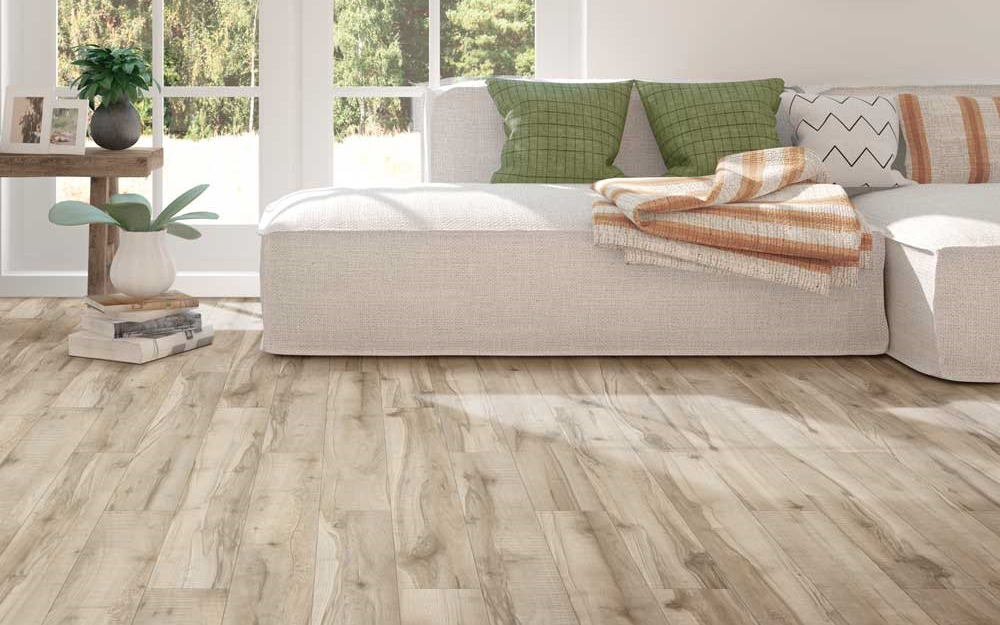- Sweep or vacuum your Vinyl flooring regularly.
- Mop your vinyl flooring with a damp mop and a neutral, non-abrasive cleaner.
- Clean up any spills immediately with a damp cloth.
- Avoid using vinegar and ammonia-based cleaners as they can damage the finish of your vinyl flooring.
- Use furniture protectors or felt pads on furniture legs to prevent scratches.
- Avoid using abrasive cleaning tools such as steel wool or scouring pads.
- Periodically check for any loose seams or edges and repair them if needed.
- If your vinyl flooring has a no-wax finish, apply a coat of floor polish every 6 months to help protect the finish.
Cost Comparison of Vinyl Flooring
The cost of vinyl flooring can vary significantly depending on the type of vinyl, the size of the area, the installation method, and other factors. Generally speaking, basic vinyl flooring starts at around $1 per square foot for a standard roll, while more expensive vinyl tiles start at about $2.50 per square foot. Luxury vinyl flooring can cost as much as $7 per square foot. Installation costs also vary, with basic installation typically costing around $2 per square foot, while more complicated installations can cost up to $10 per square foot.
Installation Process for Vinyl Flooring
- Prepare the Subfloor: Make sure the subfloor is clean and level before beginning the installation process. If necessary, sand and repair any imperfections.
- Install the Underlayment: Install an underlayment over the subfloor to provide a smooth, even surface for the vinyl flooring.
- Measure and Cut the Vinyl: Measure the area where the vinyl flooring will be installed and cut the pieces to fit.
- Install the Vinyl: Lay the pieces of vinyl flooring in place, starting at one corner of the room and working your way out. Use a roller to ensure a tight bond between the vinyl and the subfloor.
- Trim the Edges: Trim any excess vinyl from around the edges of the room using a utility knife.
- Seal the Edges: Seal the edges of the vinyl flooring with a sealant to help protect the edges from wear and tear.
- Finish the Installation: Once the sealant has dried, the installation is complete. Enjoy your new vinyl flooring!
Facts about Vinyl Flooring
- Vinyl flooring is one of the most popular types of flooring in the world, due to its affordability and ease of installation.
- Vinyl is waterproof, making it an ideal choice for kitchens, bathrooms, and laundry rooms.
- Vinyl flooring is available in a variety of styles, including planks, tiles, and sheets.
- Vinyl is low-maintenance and easy to clean, with most dirt and spills wiped away with a damp cloth.
- Vinyl flooring is available in a range of colors and patterns, including wood and stone looks.
- Vinyl is durable, with some varieties able to last for decades with proper care.
- Vinyl flooring is available in a range of price points, from budget-friendly options to luxury designs.
- Vinyl flooring is a form of plastic floor covering that is manufactured in layers.
- Vinyl flooring is a popular choice for commercial applications, due to its durability and ease of maintenance.










